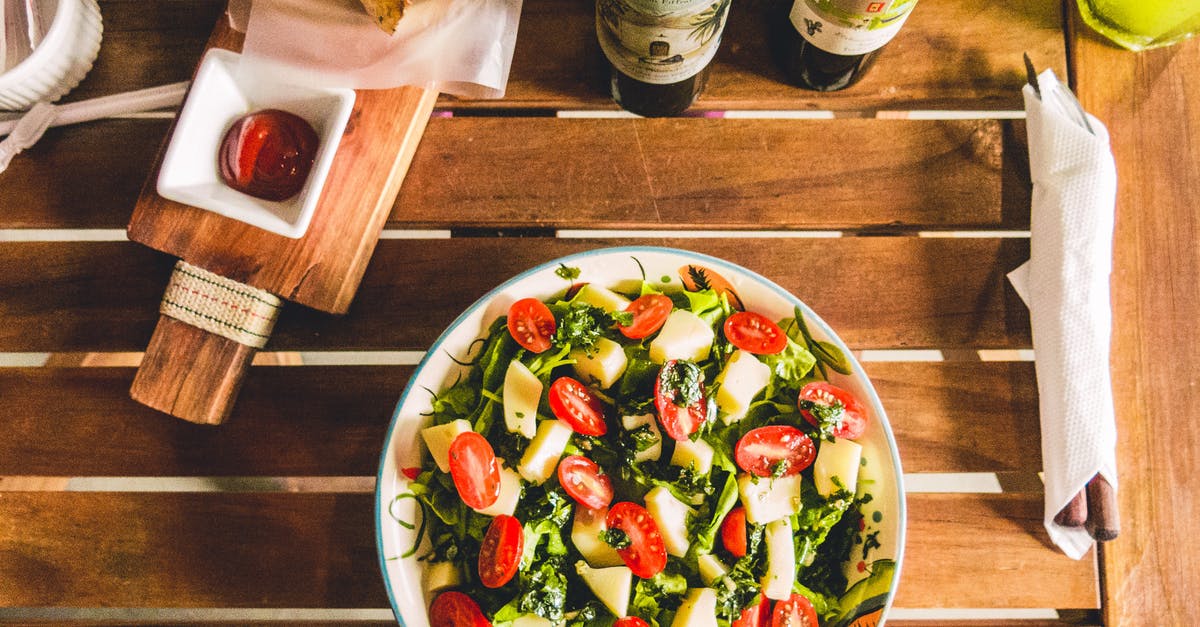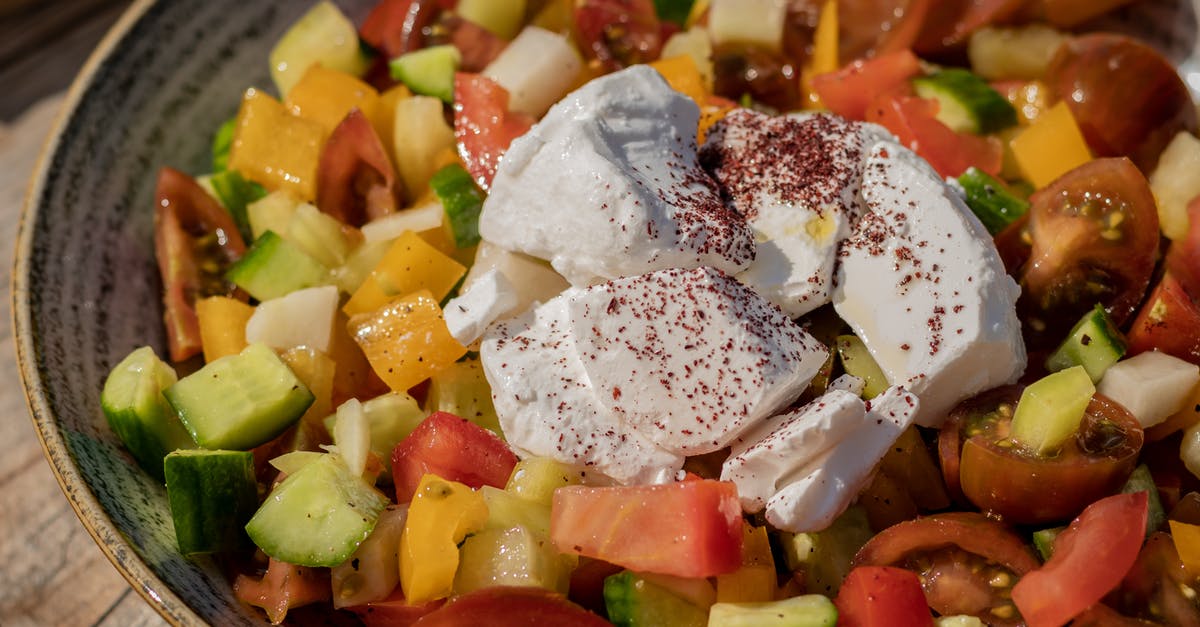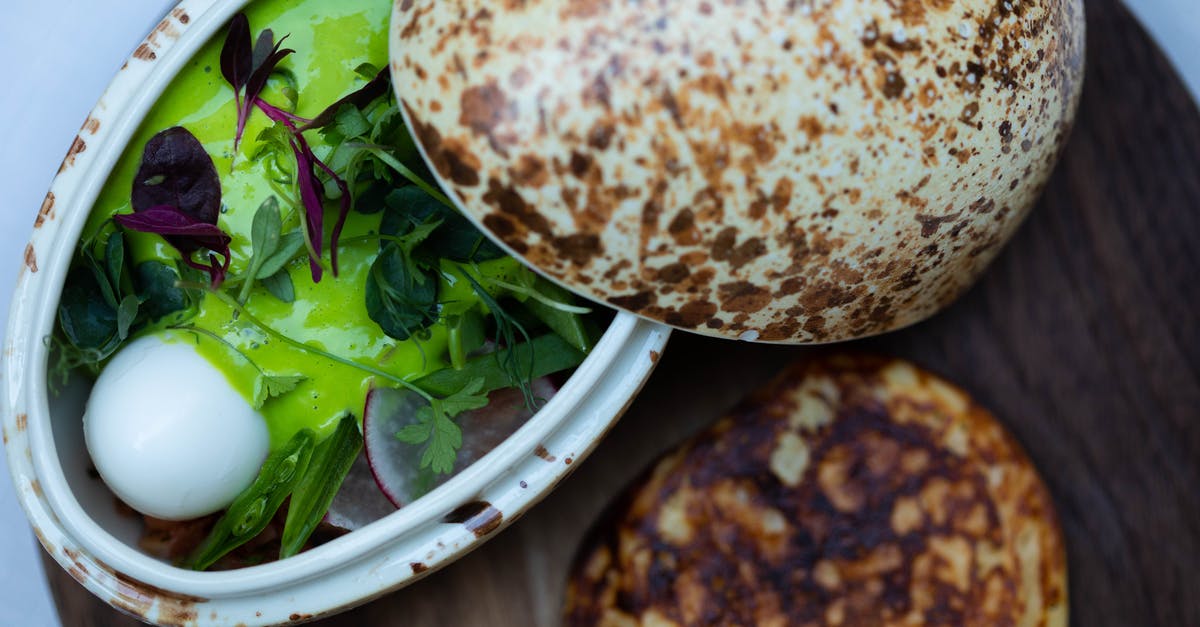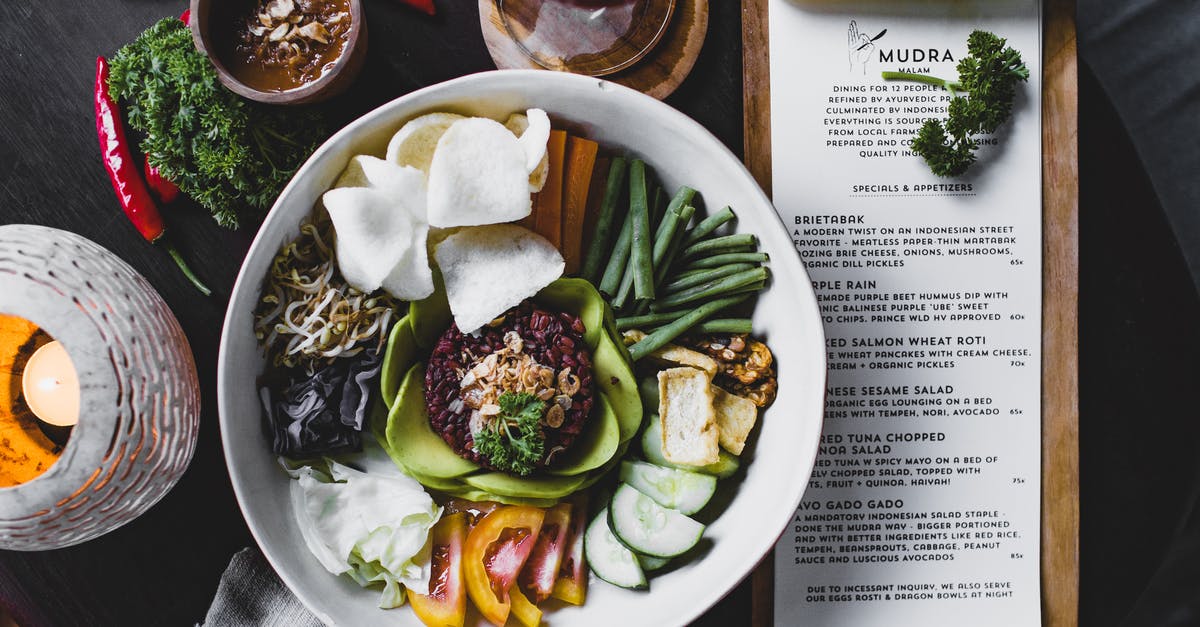How to mix parmessan (or any hard cheese) into oil sauce

When making sauces from a roux or starchy water (like cacio e pepe), I find it's quite easy to infuse hard cheese like Parmesan into it.
However, is there anything I can do when working with oil-based sauces?
In particular, I'm looking at this recipe. To sum it up, his sauce is made of:
- Olive oil
- Butter
- White wine
- Lemon juice & zest
- Parmesan cheese
- Reduce by ~half
The recipe was wonderful... but when I added the Parmesan (after the other sauce ingredients and before the pasta is added) as done in the video, it immediately just gunked up and started grouping in a ball the more I agitated it. After seeing this, I just added the rest of the Parmesan after I plated the dish.
The guy did another weird thing... and that is leaving his shrimp in the sauce while reducing it. I understand this surly overcooks the shrimp and makes them really shrink and tougher than they should be... so I'm kind of thinking it's maybe best to not exactly follow his steps.
To sum it up... my question is:
- Can I add Parmesan directly to this sauce while cooking it... and how? Will this make my sauce richer, like adding a Parmesan rind to a soup?
- Or should I just add the Parmesan to the plated dish after?
Best Answer
It's not traditional to add cheese to fish dishes in much of Italian cuisine. Historically, this may be more closely connected to economics and religious beliefs than for any culinary reason. As far as flavor development goes, if you like parmesean cheese with your fish based pasta dishes, by all means, use it.
Getting the cheese to emulsify into the sauce is quite tricky. Even though it is an oil based sauce, you will typically need to add a bit of the pasta cooking water to help with the emulsification. Also, you will want to remove the sauce from the heat before the addition of the water and cheese.
When the pasta is about 1 to 2 minutes from being completely cooked, remove from boiling water directly to the pan with the condiment. Add a few splashes of cooking water and stir vigorously to emulsify. Remove from heat. Add a bit of cheese, stir vigorously...and a splash or two of pasta water. Continue until you have added all of the cheese, but a little at a time.
Sometimes, if it's too hot, or I don't have room in the pan to really stir and toss, it clumps. It takes some practice and patience.
Pictures about "How to mix parmessan (or any hard cheese) into oil sauce"



How do you melt parmesan cheese in sauce?
StepsHow do you emulsify oil and cheese?
Add a few splashes of cooking water and stir vigorously to emulsify. Remove from heat. Add a bit of cheese, stir vigorously...and a splash or two of pasta water. Continue until you have added all of the cheese, but a little at a time.How do you emulsify cheese into sauce?
Make a solution of it by whisking it into water or milk, then simply melt cheese into the solution; the sodium citrate will help keep the emulsion stable, just as sodium alginate does in Velveeta.How do you incorporate cheese into sauce?
Hot liquids, like pasta water, heavy cream, melted butter, or beaten eggs, help distribute melted cheese evenly by surrounding it with heat. Since every bit of surface area is in contact with hot liquid, the cheese melts at the same rate. No clumps to be found, just a glossy, luscious sauce.you are using the WRONG PARMESAN CHEESE
Sources: Stack Exchange - This article follows the attribution requirements of Stack Exchange and is licensed under CC BY-SA 3.0.
Images: Florencia Potter, Ofir Eliav, Valeria Boltneva, ROMAN ODINTSOV
